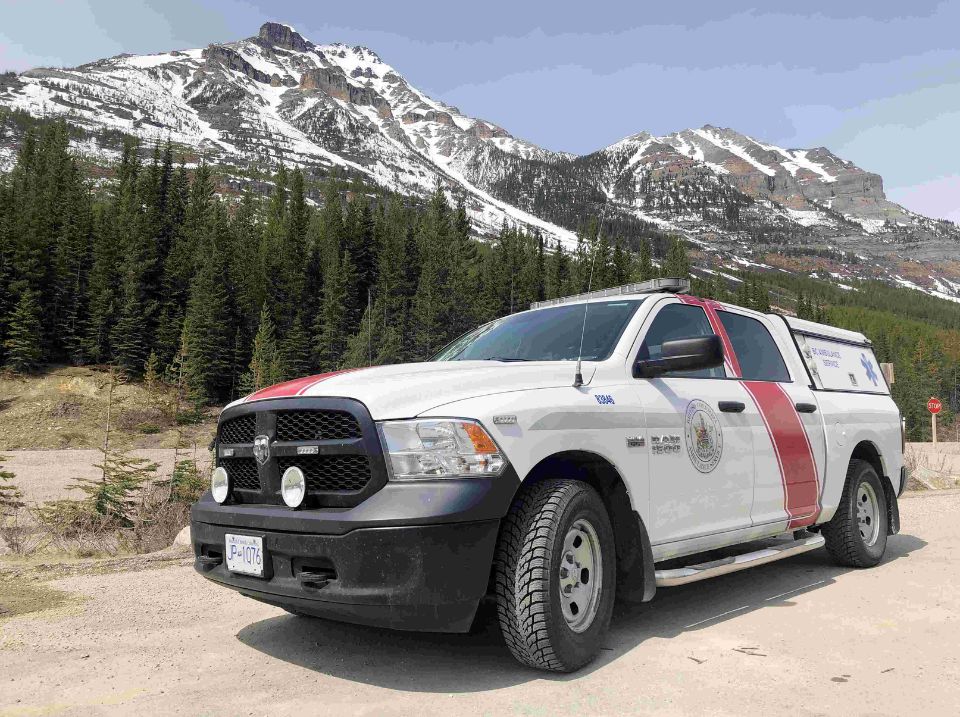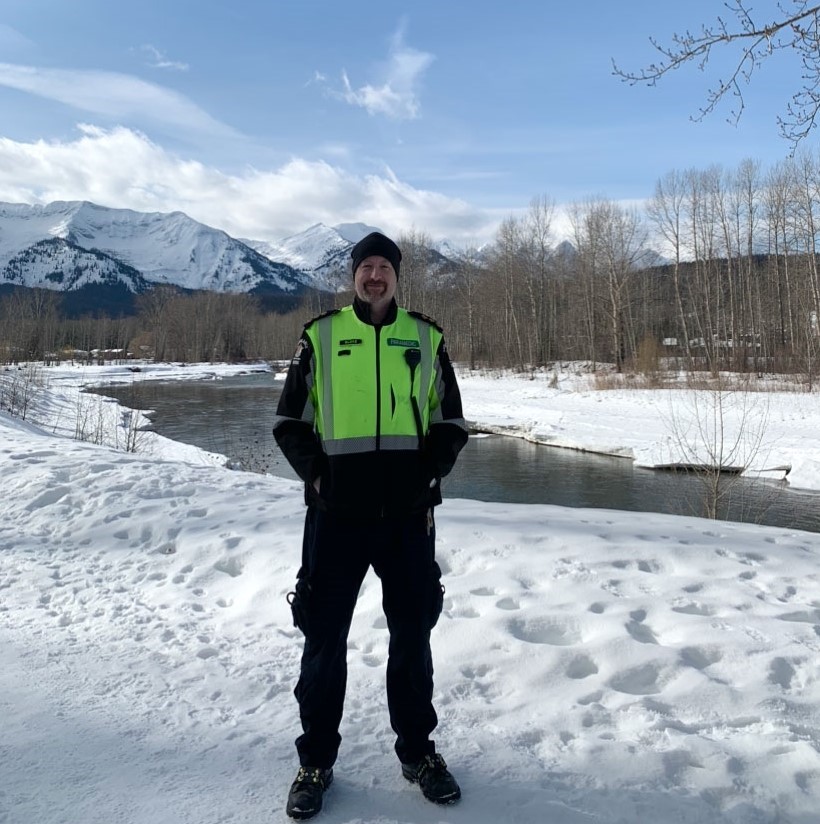Throughout his 24-year career, Blake Kendon has embraced change and adventure as a constant. He has worked as a paramedic, unit chief, and manager at BC Emergency Health Services in many areas of the province. Like so many of his colleagues, Blake's career hasn't followed a traditional, linear trajectory in one location.
Blake worked 10 years total in the lower mainland, four intense years in and around Station 248 and the Downtown Eastside (DTES), before moving to the heart of the Kootenays. His time in the DTES and Metro Vancouver coincided with a sharp spike in call volume as the toxic drug supply crisis began. He never thought things could possibly get busier than that. “People were instantly overdosing, and the dosage of medicine we were using wasn’t working,” Blake recalls. “The opioid crisis hit us like a storm.”
Station 248 increased from three to ten ambulances in one year. In 2016, Blake took on a manager position with BCEHS and was assigned to Metro West, which encompassed four stations and just over 300 staff.
“It was so busy,” Blake says. “Being Vancouver, it’s an endless, constant thing. Having an office in the station was amazing. I was off the ambulances, but the level of intensity and volume of work to be done was nothing I had seen before.”
In 2019, Blake moved his family for a new position in the East Kootenay’s as a district manager. They moved to Cranbrook, a town of 20,000 in eastern B.C. almost at the Alberta border.
“I came up here and had no idea what I was getting into,” Blake says. “But I thought it might be quiet — a walk in the park compared to Vancouver.”
Kendon quickly realized he was wrong. While Vancouver has a larger population and call volume, rural work is logistically challenging for dispatch and crews. Vancouver paramedics are also often supported by other first responders, who can offer safety, protection, and help, while BCEHS rural paramedics are often the only responders to the scene.
“It’s just as busy, if not busier,” he says. “The distances are just so much bigger. Working in Vancouver, you were never more than 20 minutes away from a major trauma centre.”
The East Kootenay District covers over 27,000 square kilometres, and the levels of support are much different. “The weather affects everything up here,” Blake says. “Even the sickest patients can be stuck if visibility is low. So it’s a different level of busy-ness. The crews are busier and the calls take longer, too.”

In Vancouver, Blake says it’s not uncommon to do 10-12 calls in a 12-hour shift. In the rural and remote areas, injuries tend to be more severe and take more time. “Where a car accident at Broadway and Cambie would get 27 9-1-1 calls, out here someone can be in the ditch for days,” he says. “Land size, climate, and types of people are biggest differences.”
Blake is still a licensed paramedic and keeps his equipment in his truck to help patients as needed.
“When I first arrived here, I’d leave my computer on 24/7 in my bedroom because I was worried about what could happen to a patient,” Blake says. “But with new, full-time positions all over the province, every community has one 24/7 full-time car, minimum. I’ve been here for four short years, and the change that I’ve witnessed is amazing.”
When asked what he enjoys most about his job now, Blake says: “It’s half in the field, half in the office. I’m loving it – it’s the best of both worlds out here.”
Blake’s reflections on his career with BCEHS take him back to the moment he first applied to become a paramedic.

“I remember ticking a box that asked if I was willing to travel by sea, land, or air,” Blake says. “I didn’t get what they meant, but it’s so true. You literally cover the province this way, and that’s the story of a paramedic. On Pender Island we’d take patients on a boat, I’ve been privileged enough to do some helicopter responses, and I’ve taken an ambulance on a ferry a hundred times. I always think back to ticking that box.”
As for Blake’s latest journey to the Kootenays, he says the contrasts in geography, weather, and access to hospital care are distinct – but the mission remains the same: “We’re in the business of patient care,” he says. “That’s our priority.”

